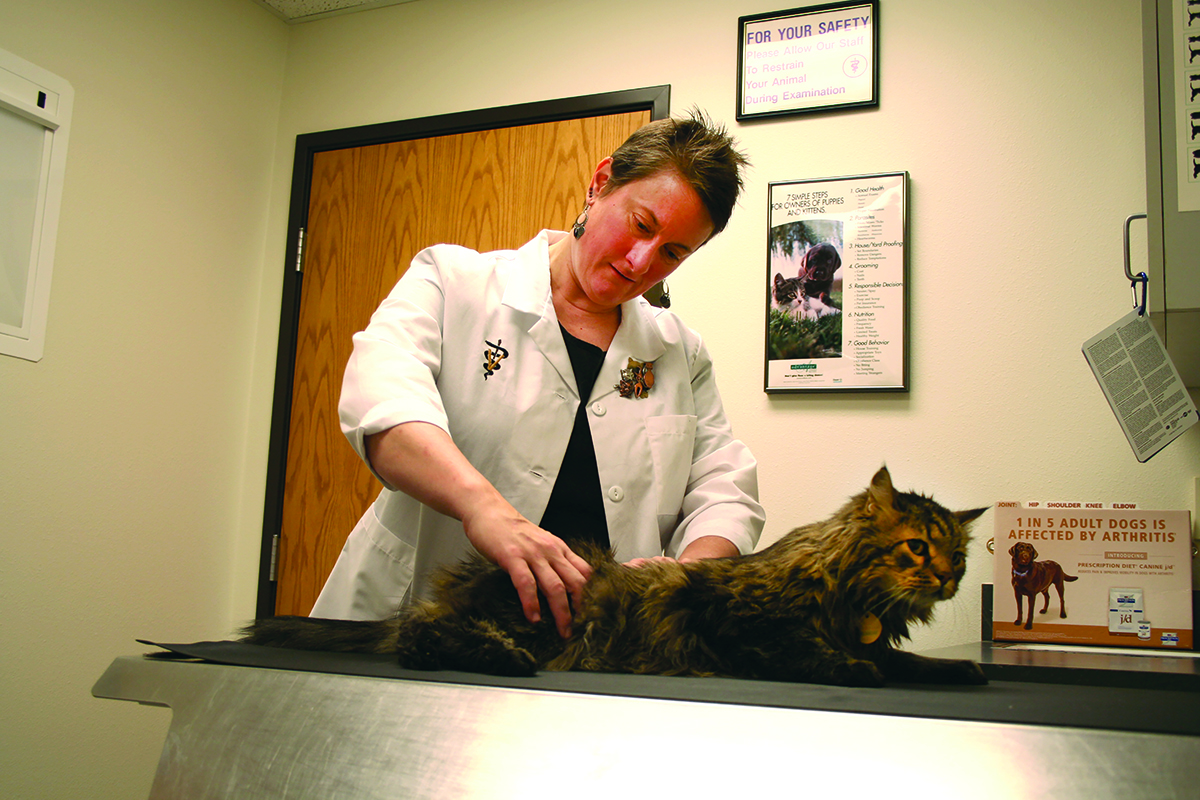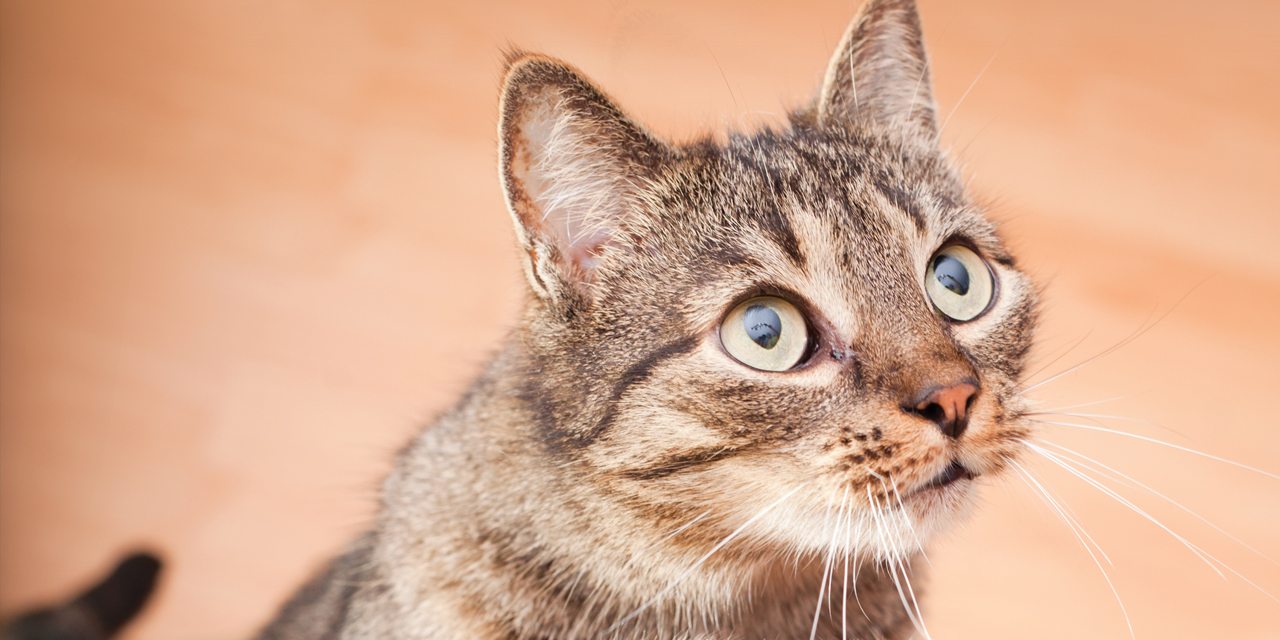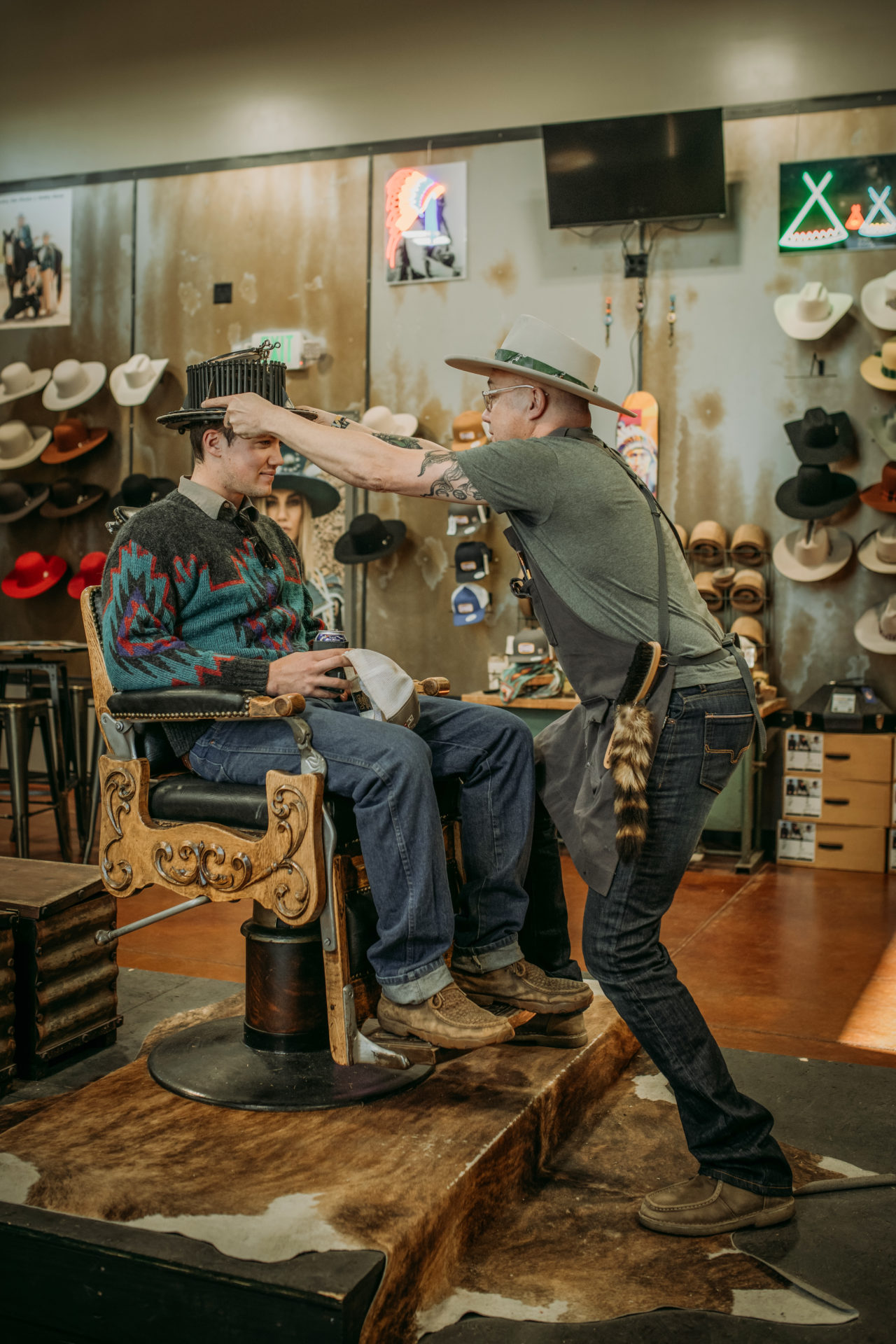Robin Downing, DVM, doesn’t pussyfoot around when she talks about cat declawing. She tells it like it is: “It’s feline toe amputation,” the Windsor-based veterinarian states emphatically, “and in most cases, is a completely unnecessary procedure.” The American Association of Feline Practitioners’ position statement calls it “ethically controversial.”
Many people assume that declawing their cat is a harmless way to prevent their pet from scratching furniture and carpeting. Not true, says Dr. Downing, whose numerous credentials include diplomate status in human pain management and a master’s of science in clinical bioethics. Cat declawing is much more than an extreme manicure. In reality, the procedure amputates the distal philanges, or the last bone of a cat’s foot. Imagine having each fingertip cut off at the top joint—look at it as ten separate amputations. That is what a cat experiences during an onychectomy, which is the medical term for the procedure.

Windsor veterinarian Robin Downing, DVM, says declawing cats is usually unnecessary and “ethically controversial.”
Declawing can also lead to complications. The surgery itself is painful and the healing process may go awry. Sometimes the bone fragments at the amputation site contain remnants of nail-forming tissue that can grow deep within the cat’s foot, resulting in discomfort and pain. There is risk for infection or tissue necrosis (when the tissue actually dies).
Cats are digitigrade, meaning they walk on their toes and carry approximately 60 percent of their weight on their front feet. Declawing alters their physiology, causing their feet to hit the ground at an unnatural angle, altering their gait. They can become lame or develop arthritis and a gradual weakening of shoulder, leg and back muscles.
Claws are a cat’s primary defense against danger, and some resort to biting to defend themselves. A previously affectionate and trusting pet may become antisocial, confused, disoriented and anxious in response to feeling helpless.
Then there’s the litter box. A 1996 study conducted by the Journal of the American Veterinary Medical Association found that a significant percentage of cats exhibited litter box avoidance. It can be painful for the animal to scratch the litter and they will often take their business to other parts of the house. The sofas and carpets that owners were hoping to protect from scratching are now open territory for urinating and defecating.
Are there humane options to help keep scratching and clawing at bay? Dr. Downing has some advice. One is to encourage acceptable scratching behavior. Provide several scratching posts placed in different areas of your home and sprinkle with a bit of catnip. Switch it up with horizontal and vertical options covered in a variety of materials like cardboard, carpet or sisal.
“Cats really like sisal,” says Dr. Downing, whose cat Rooney was especially fond of it. She trained him early on and had no scratching problems for the 22 years he was king of her household.
Another solution is to trim the kitty’s nails. If the practice is started early enough, it won’t be traumatic for either one of you. If nail trims are out of the question, consider soft vinyl nail caps—one brand often recommended by veterinarians is Soft Paws®. The caps are glued to the nails and last between four and six weeks. They come in a variety of colors in addition to clear. There are even glitter options for the disco cat.
Dr. Downing likes a synthetic pheromone called Feliway®. The product is applied to scratching posts and directs the cats away from furniture.
“There is a misperception that cats with intact claws will be relinquished to shelters and there will be an uptick in euthanasia because there won’t be enough room in the shelters for all these unwanted cats,” says Dr. Downing. “That is simply not true.”
Data collected by the city of Burbank, after several cities in California banned feline toe amputation in 2010, found that no adoptable cats were euthanized because of lack of space. While declawing is prohibited in many countries, it is practiced throughout the United States. Denver enacted a ban in November 2017.
Sarah Swanty, executive director of Fort Collins Cat Rescue, a no-kill shelter, points out that the shelter has a clause in their adoption contracts that new owners cannot declaw any cat adopted from them. “In the 11 years that we’ve had this in our contract, very few people have chosen not to adopt because of it,” she says. “Out of over 14,000 cats and kittens adopted from us, only one cat was returned for that reason.”
Aside from procedures to correct a traumatic injury or remove tumors, there are no valid reasons to declaw a cat. It’s a painful, elective procedure and keeping the claws intact is a far better choice for your pet. You can always get another couch.
Michelle Venus is a Fort Collins-based writer. To comment on this article, send an email to letters@nocostyle.com.






